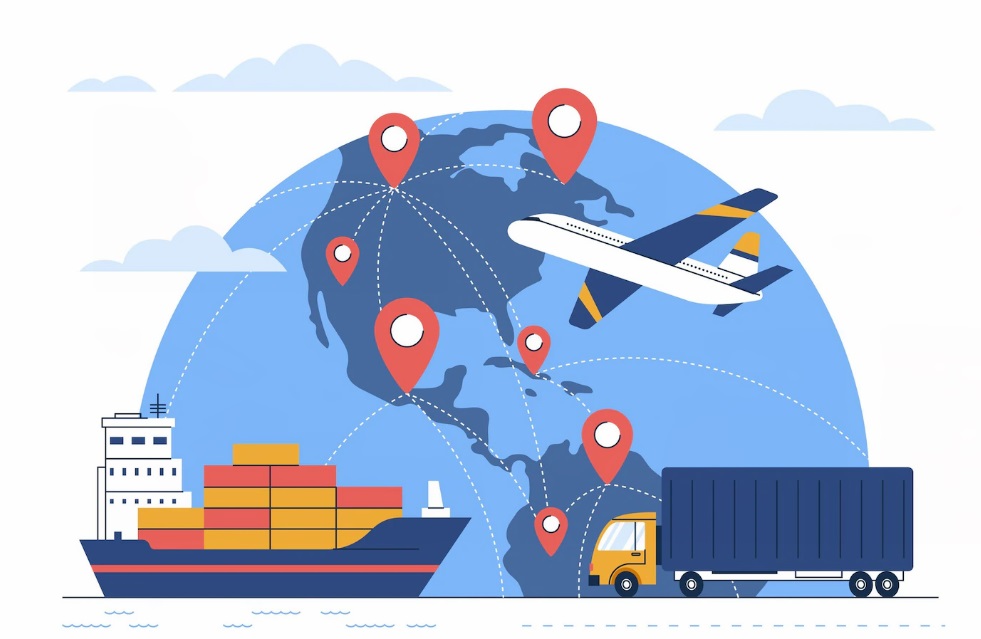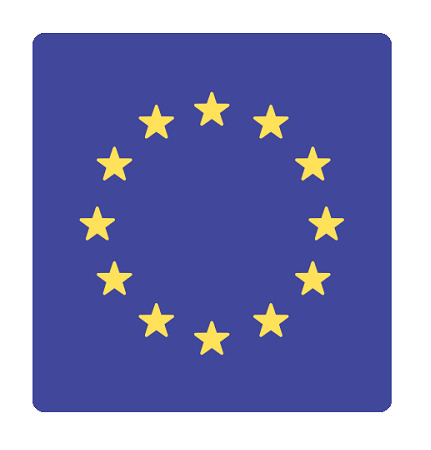When your business is growing, you feel like the whole world is your oyster, but as you try to get clients from different countries, you start realicing it probably wont be as easy as it seems.
Although getting a new client is usually cause for celebration, the procedures required in concretizing a new business relationship to be acknowledged before the Treasury can be challenging.
After all, each industry has its own unique tax requirements, and these must be taken into account to avoid an initially profitable business ending up incurring unanticipated losses as a result of improperly paid taxes.

The fiscal unique identification required to conduct business with clients from other European Union countries is the VAT number, which must be recognized and validated by anyone attempting to establish commercial contacts with a client or supplier within the European Union. The planned EU program aims to promote and increase trade among member countries, providing them a market edge over foreign businesses.
Registration with the Registry of Intra-Community Companies is necessary to have VAT. But what precisely is it? It only serves as a permanent record that you may consult to see how your user’s VAT number is doing.
As a multinational B2B company, it is your responsibility to ensure that the VAT is accurate and current. When you employ dated consumer information, you lose money. If your customer’s current VAT number expires, you should request a new one. If not, you must begin including more VAT, in which case the reverse-charge procedure would be irrelevant.
You can check the accuracy of the intra-community VAT using the VIES program or the Registry of Intra-Community Operators. It is essential to double-check this beforehand to avoid problems with the Tax Agency.

If you cannot locate the needed Tax invoice in the record, it may not exist, it may be inactive, or the certification may be incorrect. You will have multiple VAT numbers to check each day if you work in a company and want to show that your books are open, or if you work in the tax division. We suggest using an API to expedite this procedure.
It’s a blessing that there are tools for automating the process of finding and maintaining clients’ VAT numbers. One of these is the VAT Validation API, which with only a fast search can verify a number’s authenticity and its carrier details.
The VAT Validation API is the most effective way to ascertain whether a VAT number is valid. It is very quick and easy to use! This application programming interface covers all member countries of the EU. If the value-added tax is valid, you can learn more about the company. The company name, the city, the address, the code, and other details are all available from the data if you don’t already have them.
It’s a blessing that there are tools for automating the process of finding and maintaining clients’ VAT numbers. One of these is the VAT Validation API, which with only a fast search can verify a number’s authenticity and its carrier details.
The VAT Validation API is the most effective way to ascertain whether a VAT number is valid. It is very quick and easy to use! This application programming interface covers all member countries of the EU. If the value-added tax is valid, you can learn more about the company. The company name, the city, the address, the code, and other details are all available from the data if you don’t already have them.
For the purpose of finding matches with the VAT number you’re looking for, the VAT Validation API searches across multiple databases from throughout the continent. In addition, a report with information on the country to which the number belongs, the company’s name, and its address will be provided.
By doing this, you may automate the procedure of verifying and inspecting the VAT numbers of each client or transaction your business conducts. Programmers can utilize it in whichever language best suits the style and feel of their website or application. The options include Python, JSON, PHP, Ruby, C#, and others. Use this tool to start streamlining financial transparency.


